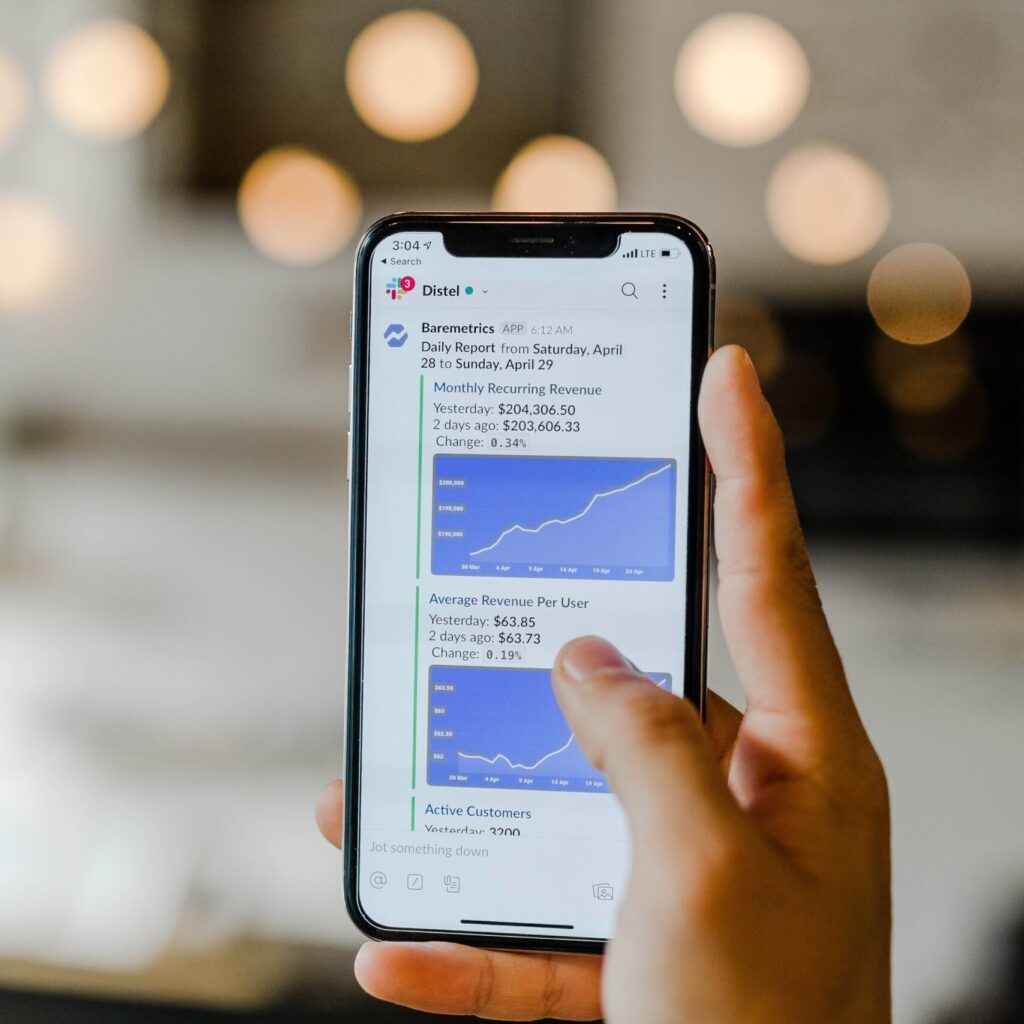The Power of Collaboration Ezekiel Muoneke Content Writer Blog May 10, 2023 9:04 pm To collaborate is to work together to achieve a common objective. It often involves two or more people combining their individual strengths and ideas to come up with a solution that is better than any one person could achieve alone. This involves the sharing of ideas, skills, resources and responsibilities among team members. Collaboration can take place within a department, across an organization or even with external partners and stakeholders. Collaboration is not only beneficial for the outcome of a project, but also for the individuals and teams involved. In this article, we’ll delve deeper into these benefits and how collaboration can lead to greater productivity and job satisfaction. 1. Increased Communication Communication is the cornerstone of collaboration. When team members collaborate with each other, they have to communicate effectively to share information, provide feedback, coordinate tasks and resolve conflicts. Communication can take various forms, such as face-to-face meetings, phone calls, emails, chats or video conferences. Communication can help team members to: • Understand each other’s perspectives and expectations • Build trust and rapport • Clarify roles and responsibilities • Align goals and strategies • Identify problems and solutions • Monitor progress and performance • Celebrate achievements and learn from failures Communication can also foster a culture of openness and transparency, where team members feel comfortable to express their opinions, ideas and concerns without fear of judgment or criticism. This can enhance creativity, innovation and learning within the team. 2. More Flexibility Flexibility is an invaluable asset in today’s dynamic and uncertain world. Flexibility means being able to adapt to changing circumstances, demands and opportunities. It also means being able to work with different people, tools and methods. Collaboration can enhance flexibility by: • Exposing team members to diverse perspectives and experiences • Enabling team members to leverage each other’s strengths and compensate for each other’s weaknesses • Allowing team members to switch roles and tasks according to the situation • Empowering team members to make decisions and take actions autonomously • Flexibility can help team members to cope with challenges, seize opportunities and deliver results more efficiently and effectively. 3. Increased Productivity Collaboration can result in more expedient problem-solving and enhanced productivity. Productivity is the measure of how much output you can produce with a given amount of input. Productivity can be influenced by various factors, such as quality, quantity, speed, cost and customer satisfaction. Collaboration can boost productivity by: • Reducing duplication of work and waste of resources • Accelerating the completion of tasks and projects • Increasing customer satisfaction and loyalty Productivity can also have a positive impact on the morale and motivation of team members, as they can see the tangible results of their efforts and contributions. 4. Learning Potential Collaboration can be a vital source of professional development. When working in a team, employees have the opportunity to learn from one another, enhance skills, and acquire new perspectives. Learning is the process of acquiring new knowledge, skills or abilities that can improve your performance or potential. Learning can occur through formal or informal channels, such as training courses, mentoring programs or peer feedback. Collaboration can facilitate learning by: • Providing team members with access to diverse sources of information and expertise • Creating opportunities for team members to teach and mentor each other • Stimulating team members to ask questions and seek feedback • Challenging team members to think critically and creatively • Supporting team members to experiment and try new things Learning can help team members to grow professionally and personally, as well as to stay relevant and competitive in their fields. 5. More engaged Employees Engagement is the degree of commitment, involvement and enthusiasm that employees have towards their work and organization. Engagement can affect various aspects of employee behaviour and performance, such as attendance, retention, productivity, quality, innovation and customer service. Collaboration can increase engagement by: • Giving team members a sense of purpose and meaning in their work • Making team members feel valued and appreciated for their work • Fostering a sense of belonging and identity among team members • Enhancing team members’ autonomy and empowerment in their work • Recognizing team members’ achievements and rewarding them accordingly • Engagement can also have a positive impact on the well-being and happiness of team members, as they can enjoy their work more and have more fun. ENJOYING THE ARTICLE? Sign up For Our Newsletter How Collaboration Enhances Performance Collaboration is essential across industries and can significantly impact the overall performance of an organization. Collaboration enhances performance by streamlining the workflow, cross-departmental communication and knowledge sharing. The following are some ways collaboration enhances performance: 1. Better Decision-Making Collaboration brings different perspectives, skill sets, and knowledge to the table which leads to better decision-making. Through team collaboration, more informed and well-rounded decisions result. Collaboration involves the exchange of opinions, ideas, and experiences, leading to a more comprehensive and holistic decision-making process for the organization. 2. Encourages Innovation Collaboration encourages innovation, which is the key to organizational renewal and growth. Collaboration can lead to the discovery of new avenues for success by combining skills, knowledge, and ideas of all team members. Through creative collaboration sessions, new inventions, processes and products can emerge, improving the overall performance of the organization. 3. Better Customer Service Collaboration leads to improved customer service as it allows organizations to deliver better customer solutions. Collaboration sessions among customer success teams, product development teams, and sales teams will result in creating a better product or service experience for the customer. By improving the experience of the customer, an organization can foster customer loyalty thus, improving the organization’s performance. 4. Improved Quality Collaboration among team members results in the creation and management of higher quality work. When individuals work together, they are more attentive to details, more likely to spot errors or weaknesses, and less likely to overlook important issues. By prioritizing quality, organizations can enhance their
The Power of Collaboration Read More »





















